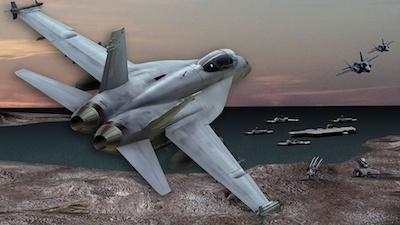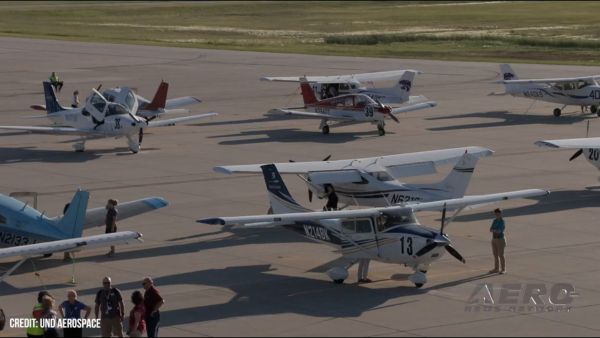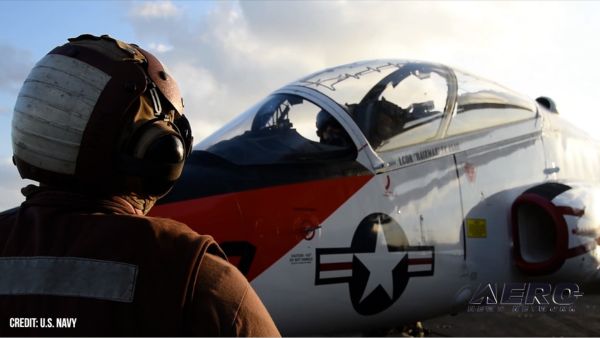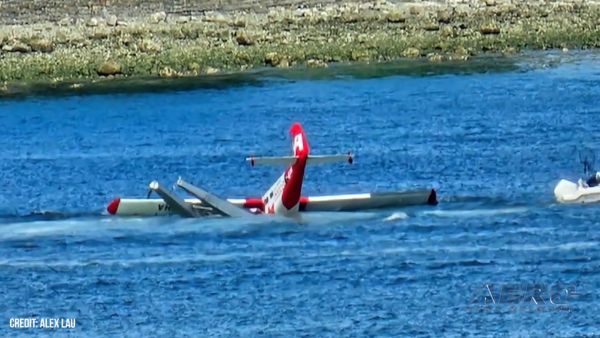Sun, Jun 24, 2018
New System To Significantly Improve Training Realism And Effectiveness While Protecting Tactics, Techniques And Procedures
Rockwell Collins has successfully completed the Preliminary Design Review (PDR) of the Tactical Combat Training System Increment II (TCTS Inc. II) program with the U.S. Navy and has been approved to begin detailed design work. Performed on schedule with the Naval Air Systems Command (NAVAIR) Naval Aviation Training Systems (PMA-205) program office, the PDR was attended by U.S. Department of Defense (DoD) members in Cedar Rapids, Iowa from Feb. 20-23.

“For a program of this complexity, the successful completion of PDR just 11 months after program award is a testament to the collaboration and expertise of all involved,” said Capt. Jason Lopez, PMA-205 program manager.
The initial $142 million award for TCTS Inc. II was announced last year with Rockwell Collins being selected as the prime contractor and systems integrator for the next-generation air combat training system along with collaboration and support from Leonardo DRS.
The TCTS Inc. II program will replace the Navy and Marine Corps’ training range infrastructure while improving effectiveness of training across all squadrons and fleet forces. Supporting real-time operational air combat training for a variety of missions and platforms, including legacy and advanced aircraft, the new system will enable the blending of live and synthetic elements into training known as Live, Virtual and Constructive. The open system architecture with Multiple Independent Levels of Security (MILS) protects the tactics, techniques and procedures being used. TCTS Inc. II also provides interoperability for joint and coalition training with fourth and fifth-generation platforms while aligning with industry software standards such as the FACE™ Technical Standard and Software Communications Architecture (SCA).
“TCTS Inc. II will bring a heightened sense of realism that allows pilots to truly ‘train as they fight’ and be better prepared for real situations,” said Troy Brunk, vice president and general manager, Communication, Navigation and Electronic Warfare Solutions for Rockwell Collins. “The system provides five times the network capacity compared to current air combat training systems, making it scalable and adaptable for emerging missions and threats as needed.”
(Image provided with Rockwell Collins news release)
More News
An Amazing Experience Awaits The Chosen Few... Oshkosh, to us, seems the perfect place to get started on watching aviation recover the past couple of years... and so ANN is putting>[...]
“NBAA has a tremendous responsibility to the business aviation industry, and we are constantly collaborating with them. Our flight departments, professionals and aircraft own>[...]
Dead Reckoning Dead reckoning, as applied to flying, is the navigation of an airplane solely by means of computations based on airspeed, course, heading, wind direction, and speed,>[...]
Aero Linx: Vertical Aviation Safety Team (VAST) We are a public–private initiative to enhance worldwide flight operations safety in all segments of the vertical flight indust>[...]
We're Everywhere... Thanks To You! Even with the vast resources and incredibly far-reaching scope of the Aero-News Network, every now and then a story that should be reported on sl>[...]
 ANNouncement: Now Accepting Applications For Oshkosh 2024 Stringers!!!
ANNouncement: Now Accepting Applications For Oshkosh 2024 Stringers!!! Aero-News: Quote of the Day (06.13.24)
Aero-News: Quote of the Day (06.13.24) ANN's Daily Aero-Term (06.13.24): Dead Reckoning
ANN's Daily Aero-Term (06.13.24): Dead Reckoning ANN's Daily Aero-Linx (06.13.24)
ANN's Daily Aero-Linx (06.13.24) ANN FAQ: How Do I Become A News Spy?
ANN FAQ: How Do I Become A News Spy?



